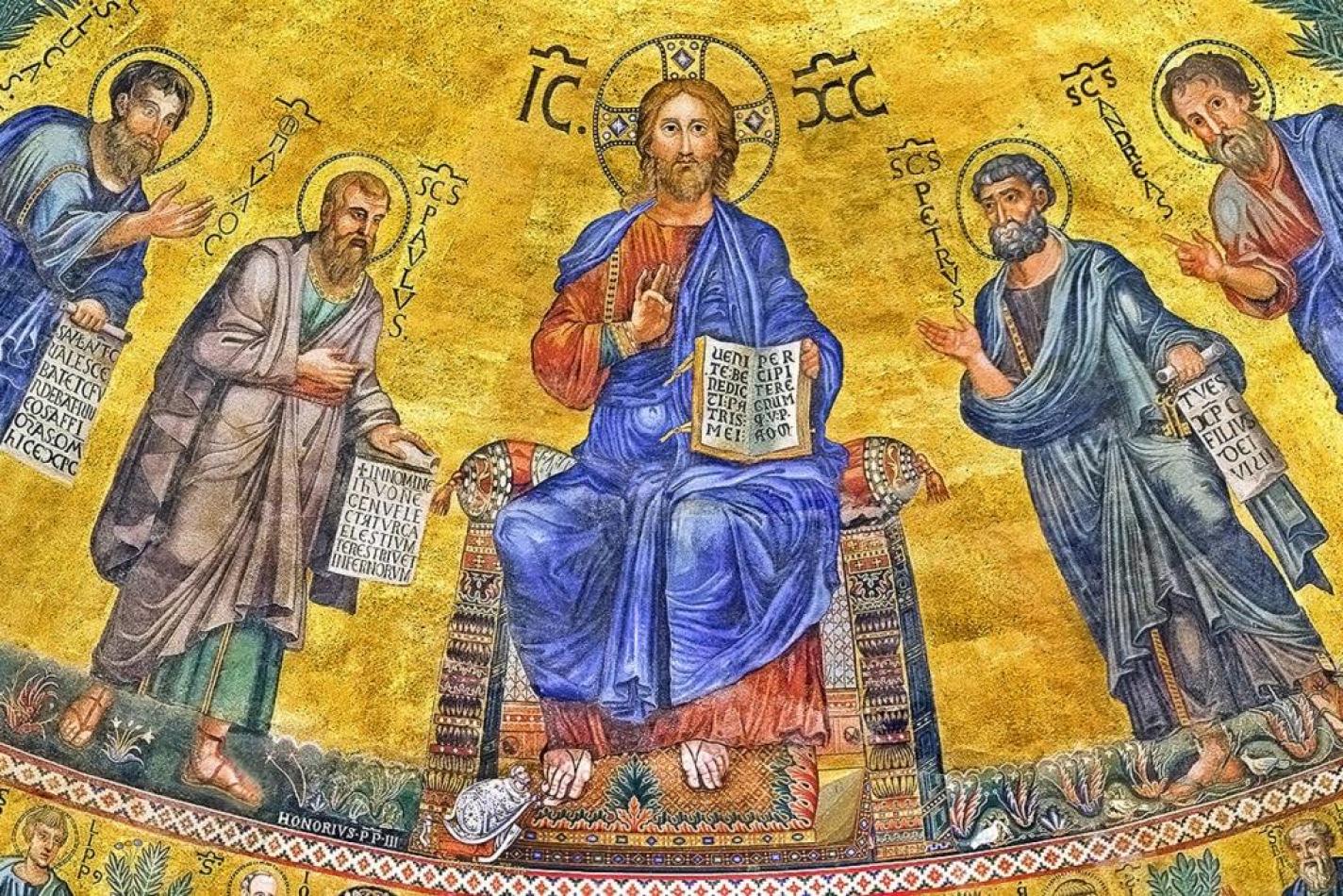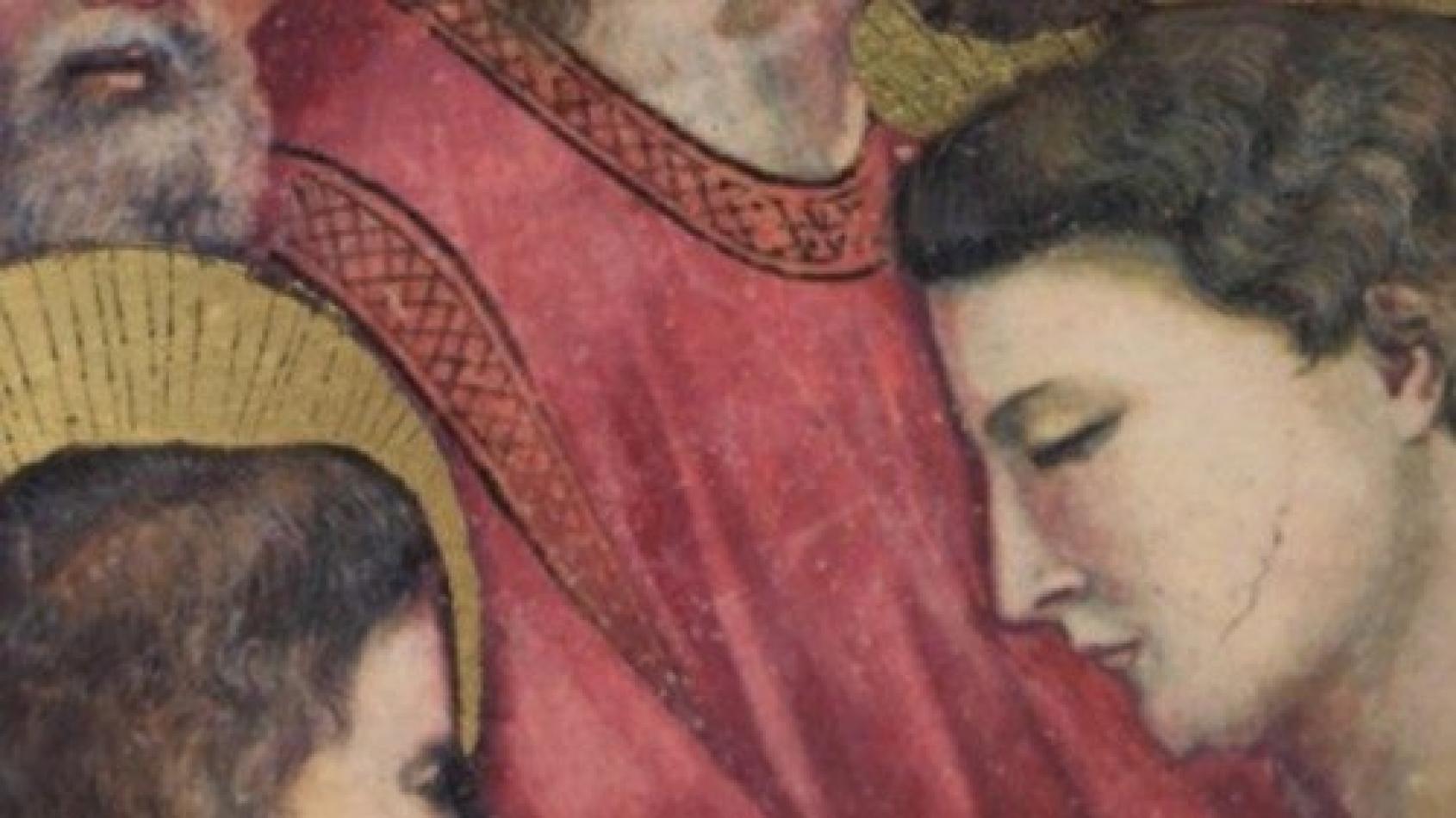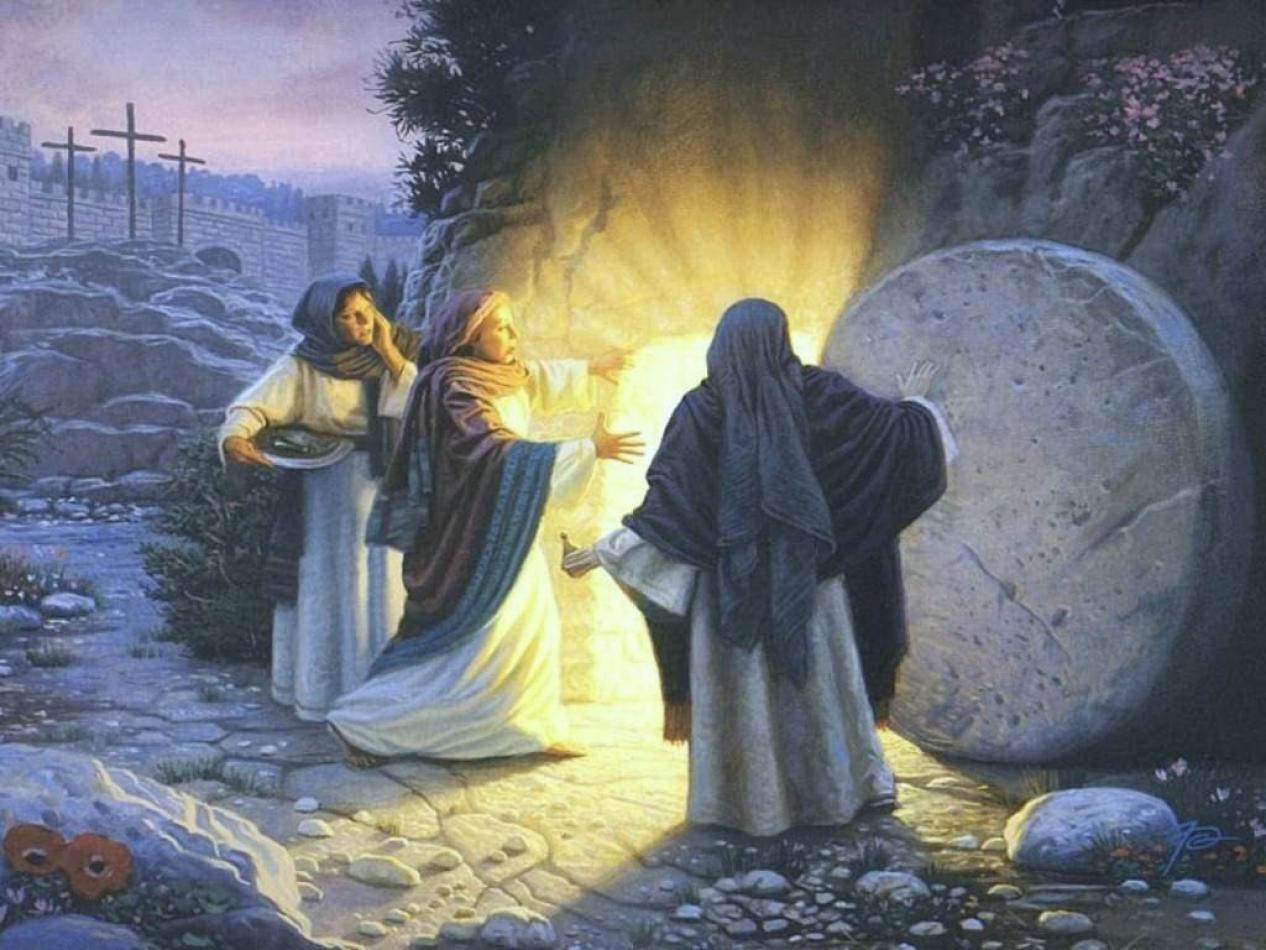Daniel Comboni
Comboni Missionaries
Institutional area
Other links
Newsletter
Today, the last Sunday of the liturgical year, we celebrate the Solemnity of Our Lord Jesus Christ, King of the Universe. This feast was introduced by Pope Pius XI in 1925, during a historical period marked by the difficulties and turbulence of the post-war era. Pope Pius XI was convinced that only the proclamation of Christ’s kingship over all peoples and nations could ensure peace. With the liturgical reform following the Second Vatican Council, the feast was placed at the end of the liturgical year as its natural conclusion.
Jesus Christ, King of the Universe
“I am a king!”
John 18:33-37
Today, the last Sunday of the liturgical year, we celebrate the Solemnity of Our Lord Jesus Christ, King of the Universe. This feast was introduced by Pope Pius XI in 1925, during a historical period marked by the difficulties and turbulence of the post-war era. Pope Pius XI was convinced that only the proclamation of Christ’s kingship over all peoples and nations could ensure peace. With the liturgical reform following the Second Vatican Council, the feast was placed at the end of the liturgical year as its natural conclusion.
The Gospel text is taken from St. John’s account of Jesus’ interrogation before Pilate, the Roman procurator. The narrative revolves around the theme of Jesus’ kingship. At the heart of the story is the parody of Christ’s royal coronation, with the crown of thorns and the purple robe, staged by the soldiers. The term “king/kingdom/kingship” (in Greek basileús/basileía) appears fourteen times throughout the account, with an additional mention of Caesar. This kingship is claimed by Jesus, used sarcastically by Pilate and the Roman soldiers, and rejected by the Jews.
This Johannine literary finess presents the episode as a true “epiphany,” a revelation of Christ’s kingship. Furthermore, it highlights the sense of freedom Jesus conveys throughout the narrative, in contrast to Pilate’s uncertainty and fear. In the end, the judged reveals himself as the true Judge (Jn 19:8-11).
In this way, the Psalms are fulfilled: “All who see me mock me” (Ps 22:8); “But you, Lord, laugh at them; you scoff at all nations” (Ps 59:9); “The One enthroned in heaven laughs; the Lord scoffs at them […]: ‘I have installed my king on Zion, my holy mountain'” (Ps 2:4-6). Our (not-so-secret) desire to “sit on a throne” (of any kind) appears, in God’s eyes, as a sad farce. St. Paul, reflecting on God’s actions in Jesus’ life, concludes: “What is foolish in the eyes of the world, God chose to shame the wise; what is weak in the world, God chose to shame the strong” (1 Cor 1:27).
The resurrection of the Crucified King reveals what was hidden from our eyes: the Lord reigns from the throne of the cross. “Therefore, God exalted him to the highest place and gave him the name that is above every name, that at the name of Jesus every knee should bow, in heaven and on earth and under the earth” (Phil 2:9-10). From the third day, the “revenge” of all the oppressed and defeated of history began.
Points for Reflection
The readings proposed by the liturgy help us to delve deeper into some aspects of Christ’s kingship as proclaimed in the Gospel.
1. First Reading (Daniel 7:13-14): “I saw one like a Son of Man coming with the clouds of heaven.” Kingship and HUMANITY.
To this Son of Man “dominion, glory, and kingship were given.” His kingship is universal, stable, and eternal. This mysterious figure appears after Daniel sees four great, terrifying beasts coming out of the sea, symbol of powers hostile to God. These four mythical beasts represent the previous empires: oppressive, bloodthirsty, and arrogant.
This “vision” of the prophet illuminates Pilate’s gesture of presenting Jesus to the crowd, saying, “Here is the man!” (19:5). Only humble power, expressed in service, makes us truly human. Any other kind of power is… beastly!
We all wield some power over others: through our social, work, community, or ecclesial roles. But how do we exercise it? All power can be exercised in God’s name if lived in the style of Jesus: “I am among you as one who serves.” This is the kingship of Christians, received in baptism: a kingship that liberates and humanizes. Otherwise, it becomes power inspired by the Beast, which enslaves!
2. Responsorial Psalm (Psalm 92): “The Lord reigns, he is robed in splendor.” Kingship and HUMILITY.
The Psalmist celebrates God’s kingship. Wherever God reigns, his majesty shines, his strength is manifest, and a new order is established, where justice permanently dwells. His kingship is humble. God does not need to flaunt or impose his power. He is “The One Who Is.” His kingship is revealed precisely in humility. This is why the Magnificat of the Virgin Mary is the most beautiful hymn of praise to God’s kingship!
3. Second Reading (Revelation 1:5-8): “Jesus Christ is the faithful witness, the firstborn from the dead, and the ruler of the kings of the earth.” Kingship and TRUTH.
Jesus is the Witness. The Gospel makes it explicit: “For this I was born and for this I came into the world: to bear witness to the truth.” Unfortunately, the liturgy omitted Pilate’s reaction to Jesus’ statement: “What is truth?” This question, often rhetorical and tinged with sarcasm, becomes a shortcut we also use to avoid confronting an uncomfortable truth. We prefer to relativize everything to justify convenient truths.
What is truth? What would Jesus have answered to Pilate? “I am the Way, the Truth, and the Life!” (John 14:6). What is truth? “The transparency of love!” answers Maurice Zundel, Swiss theologian and mystic (1897-1975).
How can we live and honor Christ’s kingship? By becoming transparency of God’s love in the world around us.
Fr. Manuel João Pereira Correia, MCCJ
“THE COMPLETE JESUS, MOST HUMAN AND YET TRANSCENDENT”
Daniel 7:13-14; Revelation 1:5-8; John 18:33b-37
“Behold, appearing on the clouds …”
In today’s Gospel, Pilate asks Jesus, “Are you the King of the Jews?” and Jesus answers, “You say I am a king.” A short while before this, Caiaphas had asked him the same question in another way: “Are you the Son of the blessed God?” and Jesus had replied affirmatively this time as well: “I am!”
Indeed, according to the Gospel of St. Mark, Jesus reinforced this answer, citing and applying to himself that which the prophet in the Book of Daniel had said of the Son of Man who comes on the clouds of heaven and receives the kingdom that will not end (First Reading). A glorious vision in which Christ appears in the story and above it, temporal and eternal.
Alongside this glorious image of Christ we find, in the readings for the solemnity, the image of Jesus humble and suffering, more concerned with making his disciples kings than with ruling them. In the passage taken from Revelation, Jesus is described as he “who loves us and has freed us from our sins by his blood, who has made us into a kingdom, priests for his God and Father.”
It has always proved difficult to hold these two prerogatives of Christ together — majesty and humility — deriving from his two natures, divine and human. The man of today has no problem seeing in Jesus the friend and brother of all, but he finds it hard to also proclaim him Lord and recognize Jesus’ royal power over him.
If we look at the films about Jesus this difficulty is evident. In general the cinema has opted for Jesus the meek, persecuted, misunderstood, so close to man as to share his fate, his rebellions, his desire for a normal life. In this line are linked “Jesus Christ Superstar” and Martin Scorsese’s more crude and sacrilegious “The Last Temptation of Christ.” Pier Paolo Pasolini, in “Vangelo secondo Matteo” (The Gospel According to Matthew), also gives us the Jesus who is the friend of the apostles and of men, close to us, even if he does not lack a certain dimension of mystery, expressed with much poetry, above all through some poignant moments of silence.
Only Franco Zeffirelli, in his “Jesus of Nazareth,” made the effort to hold together the majesty and humility. Jesus appears in Zeffirelli’s film as a man among men, affable and close, but, at the same time, as one who, with his miracles and his resurrection, places us before the mystery of his person, a person who transcends the merely human.
I do not wish to disqualify the attempts to repropose the Jesus event in accessible and popular terms. In his time Jesus was not offended if “the people” considered him one of the prophets. However, he asked the apostles, “But you, who do you say that I am?” making it clear that the answers proposed by the people were insufficient.
The Jesus that the Church presents to us today on the solemnity of Christ the King is the complete Jesus, most human and yet transcendent. In Paris the stick that was used to establish the length of the meter is preserved with special care so that this unity of measurement, introduced by the French Revolution, will not be altered with the passage of time. In the same way, in the community of believers which is the Church, the true image of Jesus of Nazareth is preserved. This image must serve as the criterion for measuring the legitimacy of every representation of him in literature, cinema and art.
It is not a fixed and inert image, kept under glass like the meter stick, but an image of a living Christ who grows in the comprehension of the Church, who will continually give rise to new questions and provocations of human culture and progress.
Fr. Raniero Cantalamessa
[Translation by ZENIT]




